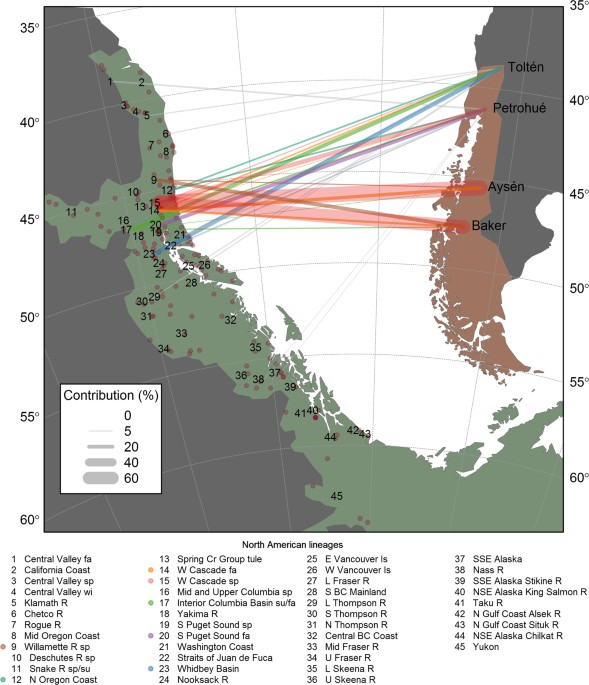Derby
Crew Member
Subject: Fisheries Management and Ecology | Aquatic Biology Journal | Wiley Online Library
Recent online paper about affects of hatcheries on steelhead and salmon
https://onlinelibrary.wiley.com/doi/full/10.1111/fme.12643
Recent online paper about affects of hatcheries on steelhead and salmon
https://onlinelibrary.wiley.com/doi/full/10.1111/fme.12643


